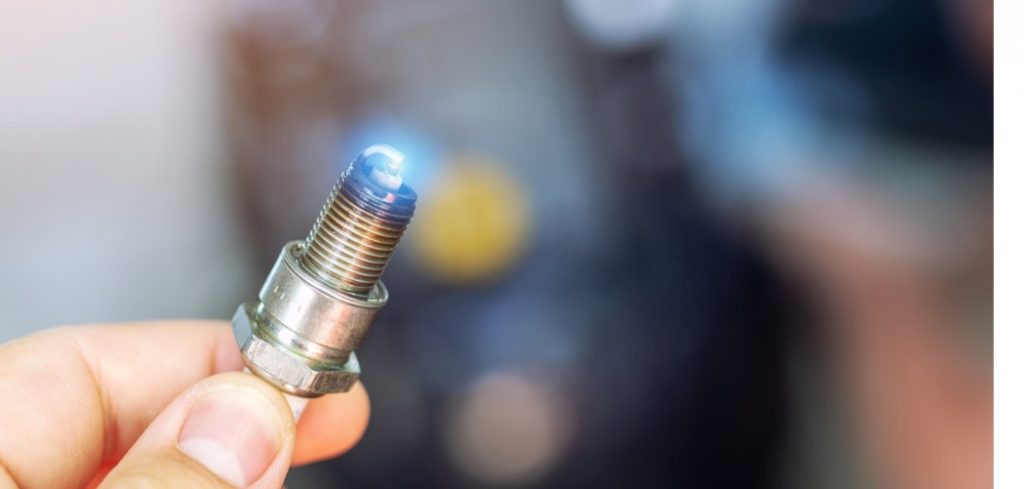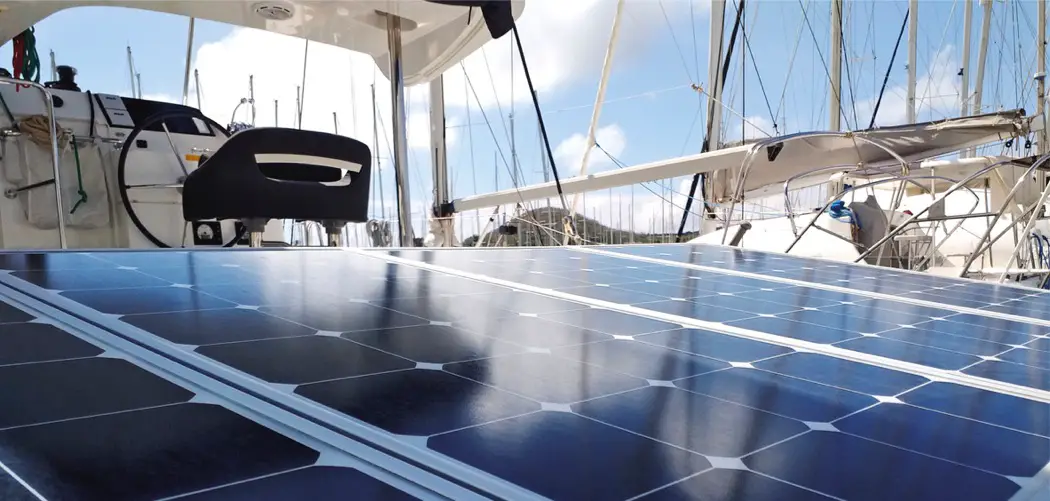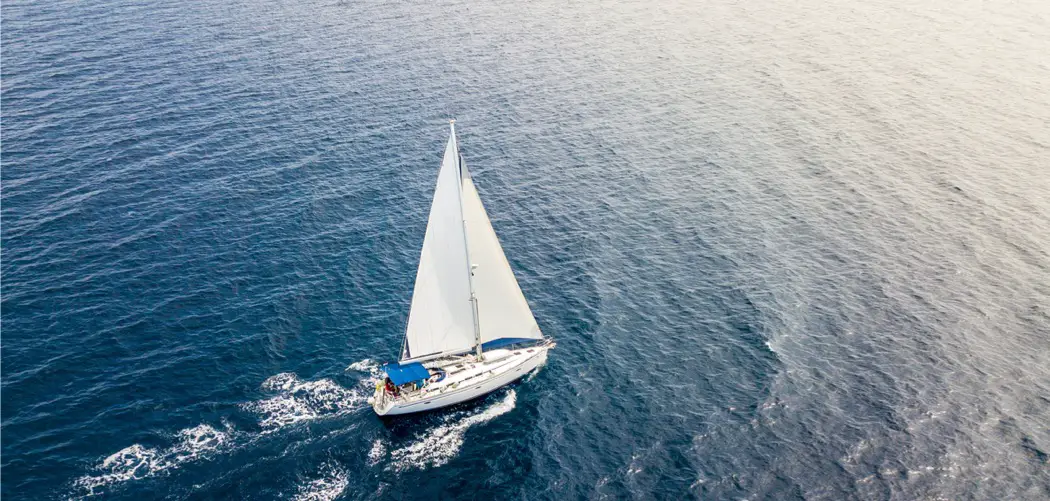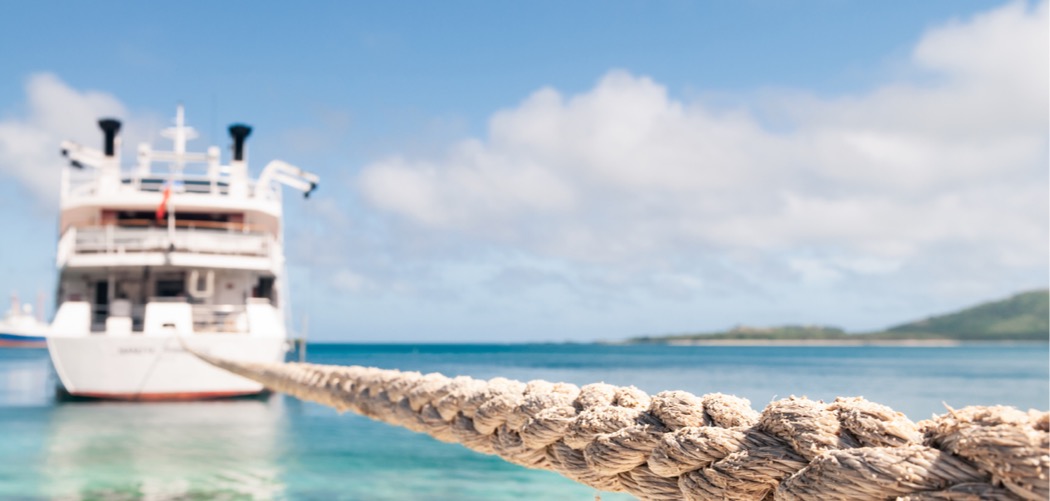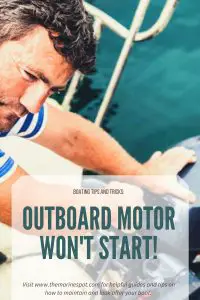 If your outboard motor won’t start after running, don’t panic because there are some steps you can take to figure out the problem.
If your outboard motor won’t start after running, don’t panic because there are some steps you can take to figure out the problem.
If boat owners don’t run through a list of potential problems, they might spend a lot of time, effort, and frustration looking into complicated issues. In many situations, a boat motor that won’t run is a simple fix if you follow the right steps.
In this article, we discuss how to check your boat’s safety features and starting sequence. These, along with other issues, can quickly solve your engine problems if they’re the cause. Continue reading to find out what you can do if your engine won’t start.
Table of Contents
Safety Features
If your outboard motor won’t start after running, start by checking the safety features. Following safety protocols is essential when boating, but some of the built-in safety features can prevent your boat from running if not used correctly.
For example, most boats have safety features that involve the ignition called a kill switch. This is usually a lanyard or clip that attaches to the driver on one end and the boat on the other end.
If the connection is interrupted, your boat will not start. To correct this, reattach the kill switch to its original position near the ignition. It’s usually a magnetic connection.
The next safety feature to check is your boat’s gearshift. Your boat won’t start if it’s in gear, so make sure it’s in the neutral position. On most boats, neutral is located at the mid-point on the gear shift between forward and reverse.
Starting Sequence Errors
Checking for starting sequence errors is another simple step before worrying about more complicated issues. The starting sequence for your boat depends on the type of boat you own.
The starting sequence often involves the following steps:
- Lower the engine into the water
- Squeeze the primer bulb until it’s firm
- Switch the key to the “on” position
- Push/pull to choke and turn the key simultaneously
When boating in cold weather, your boat may need more choke than normal, but be careful not to flood your engine. It’s also worth checking your boat’s manual to make sure you’re performing the correct starting sequence.
Dead Battery
The next step is to make sure you don’t have a dead battery. To check your boat battery, you can use a voltmeter. The voltmeter will tell you how much charge the battery has currently.
If the engine doesn’t turn over at all (makes clicking sounds, but doesn’t start) or does so slowly, you may have a dying or dead battery. If your battery is in good condition, you can charge it. However, if it doesn’t hold a charge, it likely needs replacing.
Some boats have a battery switch to keep your battery from draining. If the switch isn’t set correctly, your boat won’t start.
Fuel System
Checking the fuel system involves several steps such as checking that the engine is primed using the primer bulb. On a pressurized primer system, you can accomplish this by manually pumping the primer bulb until firm.
With an electric primer system, you need to check that fuel is moving through the fuel hoses to the carburetor. You will have to disconnect the hose while someone manually engages the primer to see if fuel is flowing.
Gas Tank
The next step in checking the fuel system is making sure you have gas in the tank. If you haven’t used the boat for a while, the gas may have started to rot. It’s also possible that the fuel is contaminated with dirt or water, both of which affect performance.
In either case of dirty or old fuel, you need to pump out the bad fuel and replace it with fresh, clean fuel. We recommend fuel that does not have alcohol added to it (ethanol-free).
Fuel Lines
Issues with your fuel lines can block the flow of fuel to your boat’s engine, which can be the cause when your outboard motor won’t start after running. These issues occur with loosened connectors, damaged or clogged fuel lines, and damaged O-rings. Replacing damaged parts and sealing loosened connections may fix the problem.
Also, make sure fuel is reaching your carburetor. In some cases, your carburetor may not receive enough fuel or become clogged. If there’s any visible dirt, clean it and adjust the settings for the correct air-to-fuel ratio.
Spark Plugs and Ignition Points
Your boat’s spark plugs might need replacing or adjustment if the engine is performing poorly. Poor performance can result from improper gap settings or damaged/dirty spark plugs. You can manually adjust the settings as well as replace damaged spark plugs.
A similar issue is related to the gap between ignition points. These can be manually adjusted. However, if the ignition points are broken, we recommend reaching out to a boat mechanic for repair.
Electrical and Wiring Issues
Wires in your boat’s electrical system degrade over time. This happens due to general wear and tear. It’s worth inspecting all wires, connections, and insulation.
If you find damaged wires or cracked insulation, you’ll need to replace them. In a pinch, electrical tape is a temporary option.
Seek Professional Repair
If you’ve checked all of these issues, but your outboard motor won’t start after running, it may be time to seek repair from a certified boat mechanic. A mechanic can diagnose the issue and talk you through their recommendations for repair. This option can save you a lot of time and effort.
Be Prepared When Your Outboard Motor Won't Start After Running
If your outboard motor won’t start after running, start with the easiest fixes. Check your safety features and make sure you are following the correct starting sequence. If these check out, then you can move on to more complicated issues.
When it comes to more complicated issues, it may be worth working with professionals. A certified boat mechanic can save you time and effort by quickly diagnosing and treating your boat’s issue.
For more tips on boat care and troubleshooting, check out more of our Beginner’s Guides.

